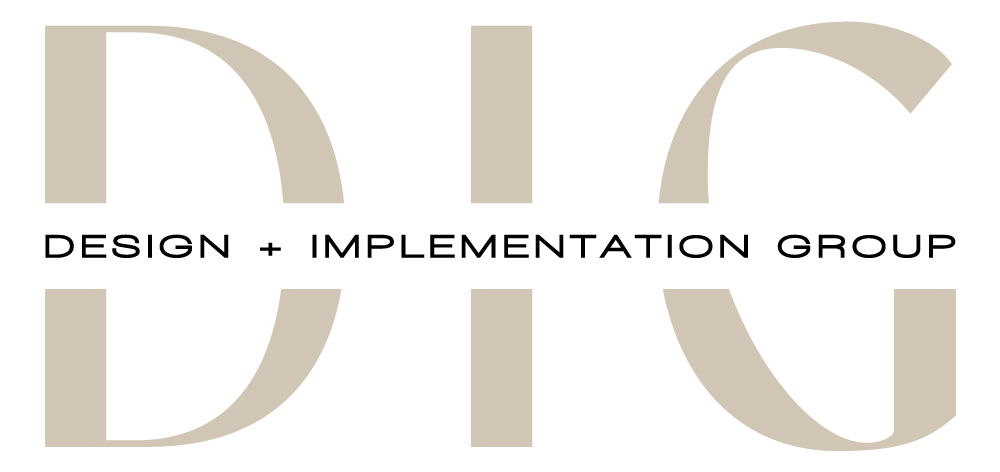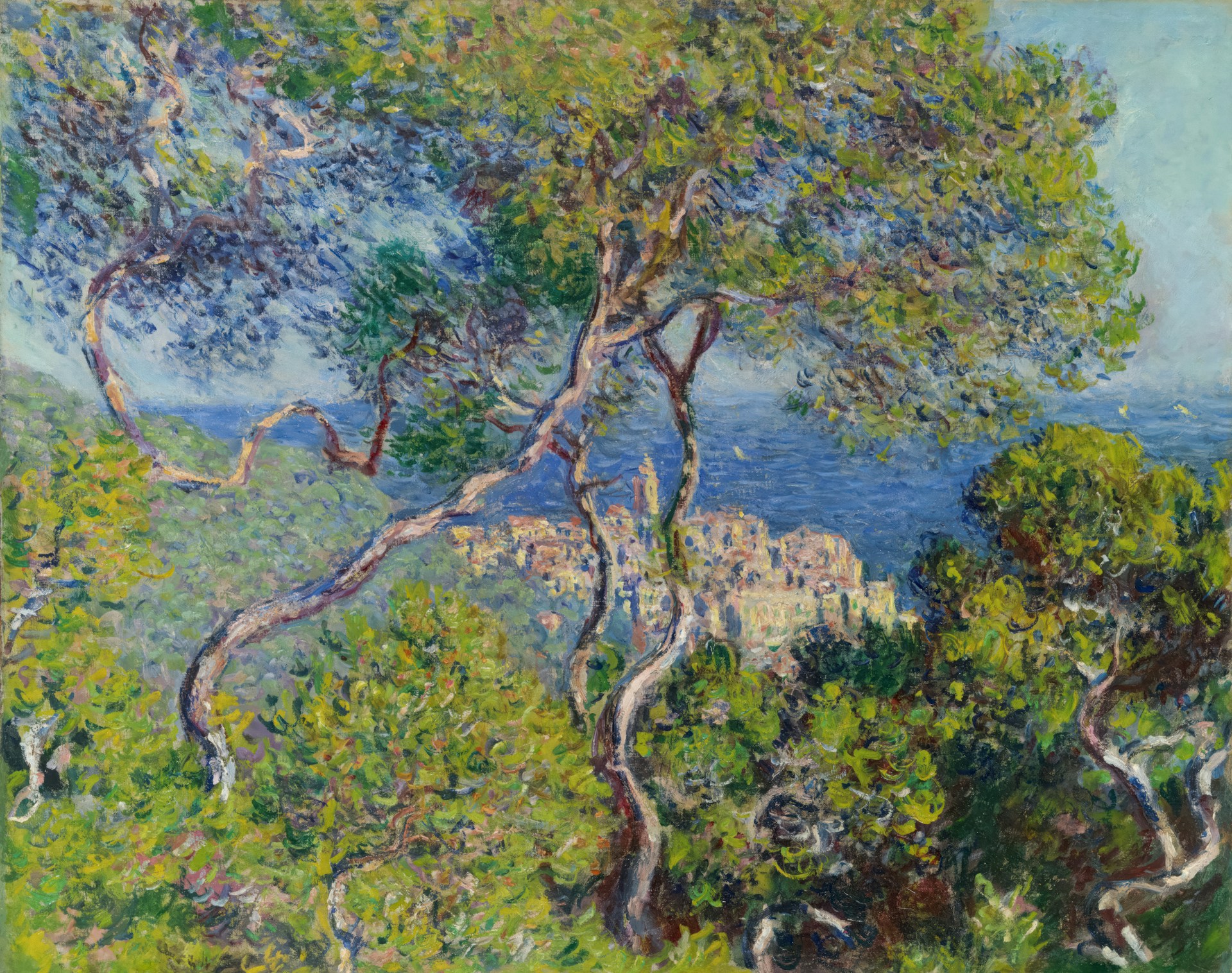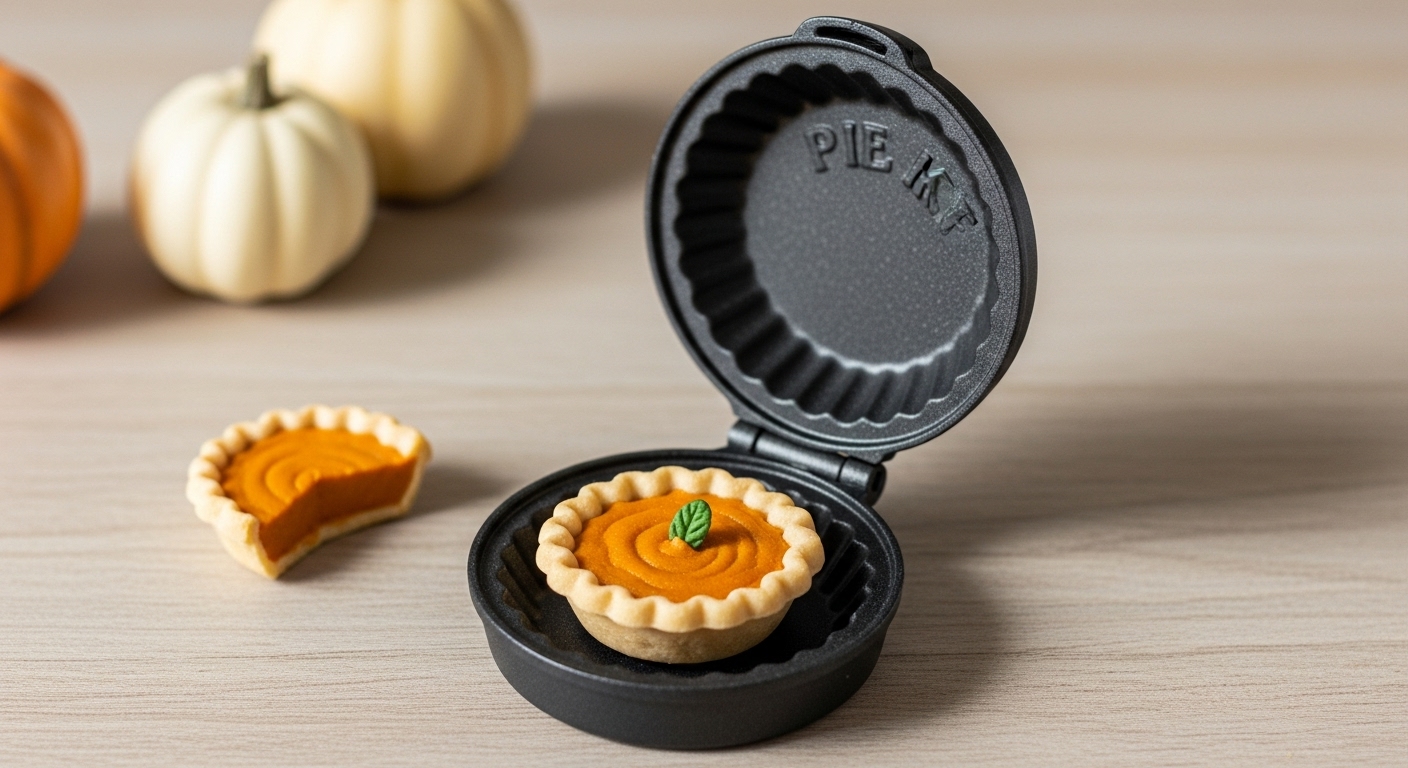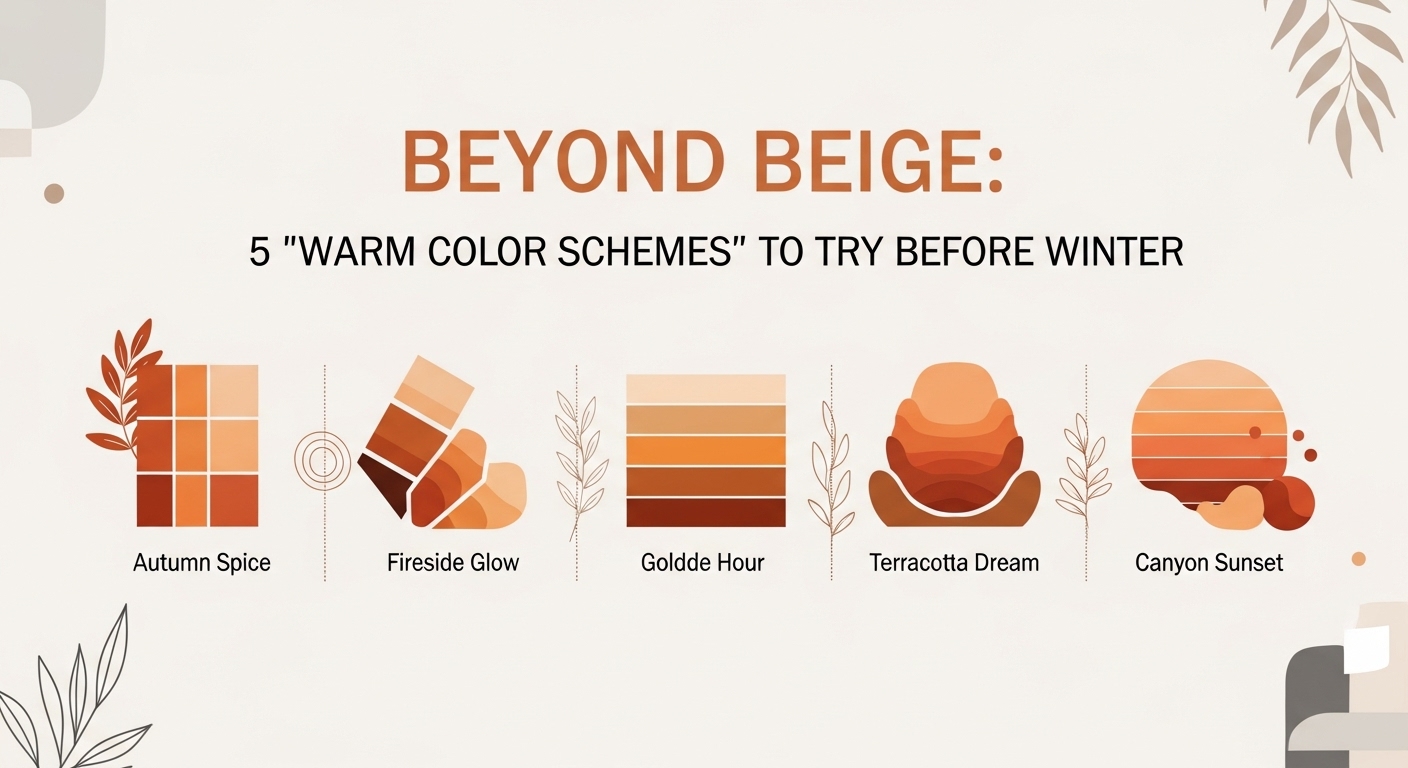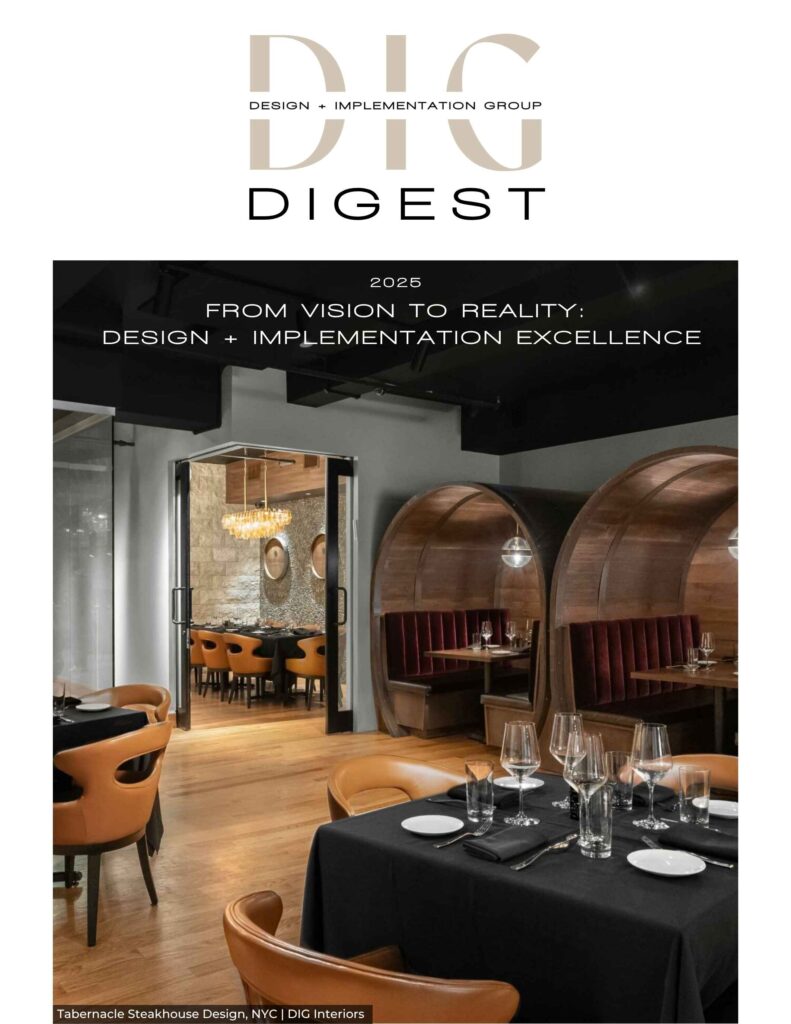In the ever-evolving world of interior design, biophilic design has emerged as a powerful trend that reconnects us with nature in our built environments. This approach goes beyond simply adding a few plants to a space; it’s about creating immersive, nature-inspired experiences that enhance our well-being and productivity. As we delve into the innovative ways to integrate nature into modern interiors, we’ll explore how this design philosophy is reshaping our living and working spaces.
Understanding Biophilic Design
Biophilic design is rooted in the concept of biophilia, which suggests that humans have an innate connection to nature. This design approach seeks to strengthen that connection by incorporating natural elements, patterns, and experiences into our built environments. The goal is to create spaces that not only look beautiful but also promote physical and mental well-being, reduce stress, and improve cognitive function.
The Benefits of Biophilic Design
Before we dive into specific trends, it’s important to understand why biophilic design has gained such traction in recent years. Research has shown that incorporating nature into our indoor spaces can have profound effects on our health and productivity:
- Reduced stress levels and improved mental health
- Enhanced creativity and cognitive function
- Improved air quality and overall physical health
- Increased productivity in workplace environments
- Greater sense of well-being and connection to the environment
With these benefits in mind, let’s explore some innovative ways to bring biophilic design into modern interiors.
1. Living Walls: Vertical Gardens Indoors
One of the most striking trends in biophilic design is the use of living walls or vertical gardens. These lush, green installations can transform a bland wall into a vibrant, living tapestry. Living walls not only serve as stunning focal points but also act as natural air purifiers, improving indoor air quality.
To implement this trend, consider:
- Installing modular living wall systems that allow for easy maintenance and plant replacement
- Choosing a diverse range of plants with varying textures and shades of green for visual interest
- Incorporating automatic irrigation systems to ensure proper care and longevity of the living wall
2. Biomorphic Forms and Patterns
Biomorphic forms and patterns mimic the shapes and structures found in nature. This trend involves incorporating organic, flowing lines and natural patterns into interior design elements. From furniture to decorative objects, biomorphic designs create a subtle connection to nature that can have a calming effect on occupants.
Consider these applications:
- Selecting furniture with organic shapes, such as curved sofas or irregularly shaped coffee tables
- Using wallpapers or textiles with nature-inspired patterns like leaf veins or honeycomb structures
- Incorporating decorative elements that echo natural forms, such as coral-inspired light fixtures or tree-branch-like shelving units
3. Natural Materials and Textures
The use of natural materials is a cornerstone of biophilic design. By bringing in elements like wood, stone, and natural fibers, we can create a tactile connection to nature within our interiors. This trend focuses on celebrating the inherent beauty and imperfections of natural materials.
Implement this trend by:
- Using reclaimed wood for flooring, wall cladding, or statement furniture pieces
- Incorporating natural stone elements in countertops, accent walls, or decorative objects
- Choosing textiles made from natural fibers like linen, wool, or organic cotton for upholstery and window treatments
- Embracing the wabi-sabi aesthetic, which finds beauty in imperfection, by showcasing the natural grain and knots in wooden elements
4. Biodynamic Lighting
Natural light plays a crucial role in our circadian rhythms and overall well-being. Biodynamic lighting systems aim to mimic the changing qualities of natural light throughout the day, helping to regulate our internal clocks and improve our mood and productivity.
To incorporate biodynamic lighting:
- Install smart lighting systems that adjust color temperature and intensity throughout the day
- Maximize natural light through strategic window placement and the use of reflective surfaces
- Use light fixtures that mimic natural light patterns, such as dappled sunlight through leaves
5. Water Features: Bringing Tranquility Indoors
The sound and sight of water can have a profoundly calming effect on our psyche. Incorporating water features into interior spaces can create a sense of tranquility and connection to nature. From small tabletop fountains to grand indoor waterfalls, there are water features to suit every scale and style of interior.
Consider these ideas:
- Installing a wall-mounted water feature as a focal point in a living room or entryway
- Creating a small indoor pond or water garden in a sunlit corner
- Using bubble walls or water columns as room dividers in open-plan spaces
6. Biomimicry in Design Elements
Biomimicry involves emulating nature’s time-tested patterns and strategies in design. This innovative approach can lead to more sustainable and efficient interior elements that also connect us to the natural world.
Explore biomimicry through:
- Ventilation systems inspired by termite mounds for efficient air circulation
- Structural elements that mimic the strength and flexibility of tree branches or animal bones
- Fabric and carpet designs that replicate the water-repellent properties of lotus leaves
7. Sensory Gardens and Indoor Ecosystems
Creating multi-sensory experiences that engage all five senses can deepen our connection to nature. Indoor sensory gardens and small ecosystems bring the complexity and diversity of natural environments into our interior spaces.
Implement this trend by:
- Designing indoor herb gardens that provide visual interest, fragrance, and culinary benefits
- Creating terrarium displays that showcase miniature ecosystems
- Incorporating elements that stimulate multiple senses, such as plants with interesting textures, fragrant flowers, and edible fruits or leaves
8. Fractals and Nature’s Mathematics
Fractals, the complex patterns that repeat at different scales, are abundant in nature and have been shown to reduce stress and increase focus when incorporated into design. By integrating fractal patterns into interiors, we can create visually engaging spaces that resonate with our innate appreciation for nature’s mathematics.
Explore fractal design through:
- Artwork or wall coverings featuring fractal patterns inspired by ferns, snowflakes, or river deltas
- Lighting fixtures that cast fractal shadows
- Architectural elements like screens or room dividers with fractal-inspired cutouts
9. Biophilic Technology Integration
As technology becomes increasingly integrated into our lives, finding ways to merge it with biophilic design principles is crucial. This trend focuses on using technology to enhance our connection to nature rather than distract from it.
Consider these innovative applications:
- Digital art displays that showcase dynamic nature scenes or real-time feeds from natural environments
- Smart home systems that adjust indoor environments based on natural circadian rhythms
- Virtual reality spaces that provide immersive natural experiences for relaxation or meditation
Embracing Nature in Modern Design
As we continue to spend more time indoors, the importance of bringing nature into our interior spaces cannot be overstated. Biophilic design offers a multitude of innovative ways to create environments that nurture our innate connection to the natural world. By incorporating these trends – from living walls and natural materials to biodynamic lighting and sensory gardens – we can transform our interiors into spaces that not only look beautiful but also enhance our well-being, productivity, and overall quality of life.
The future of interior design lies in this harmonious blend of nature and modernity. As designers, it’s our responsibility to create spaces that resonate with our clients on a deeper level, fostering a sense of connection, tranquility, and inspiration. By embracing these biophilic design trends, we can craft interiors that are not just spaces to inhabit, but living, breathing environments that nurture the human spirit.
